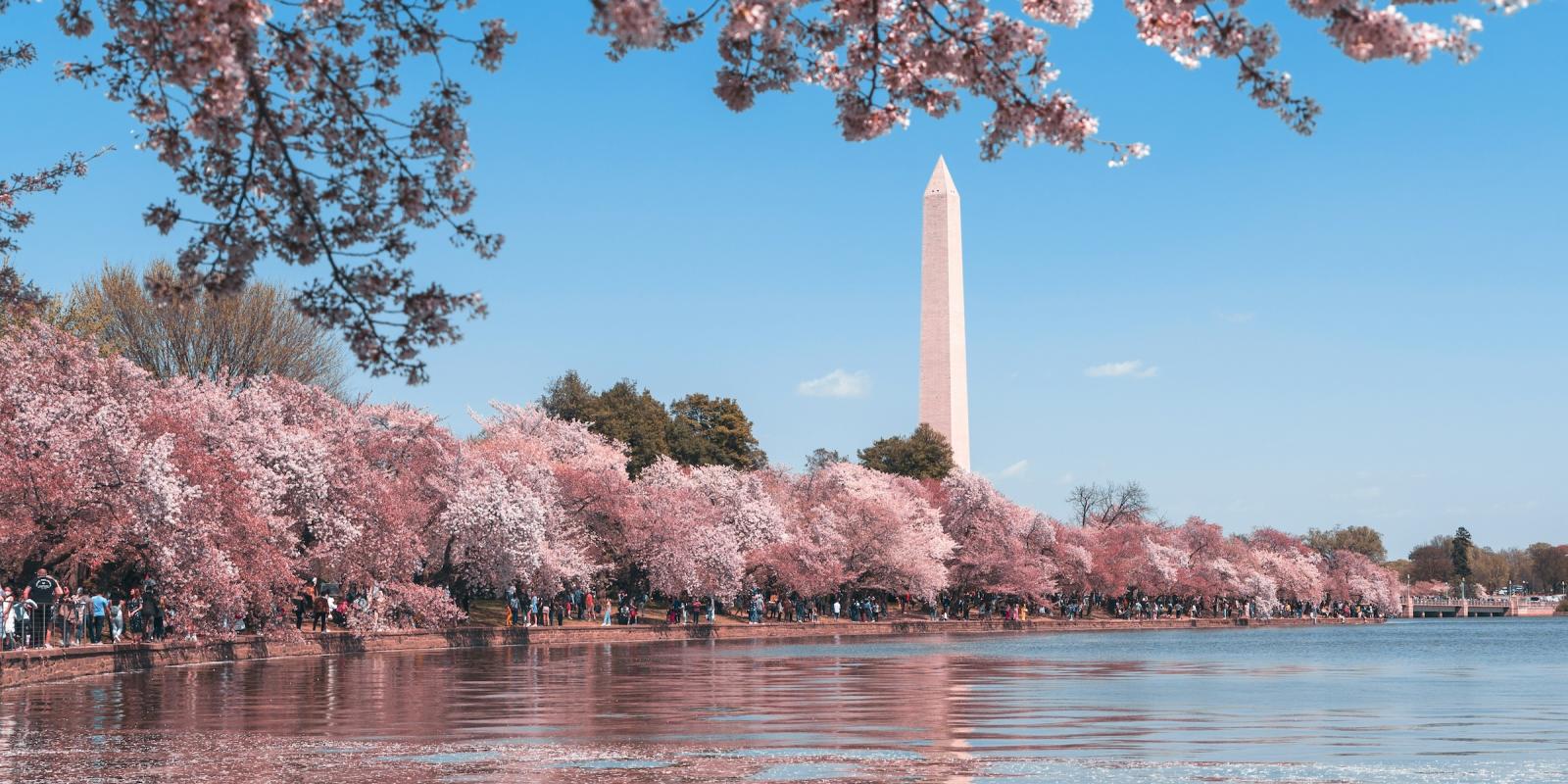For seventy years, St. Augustine Catholic Church, at 15th and L St., NW, was the place where Washington's Black Catholics were baptized, married, and laid to rest. Known as "The Mother Church" of Black Catholics, the property was sold to The Washington Post in 1946. The transaction caught many parishioners by surprise and caused a rift with the white leadership of the Archdiocese.
